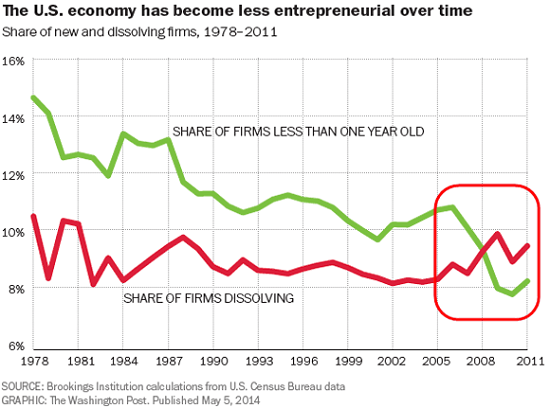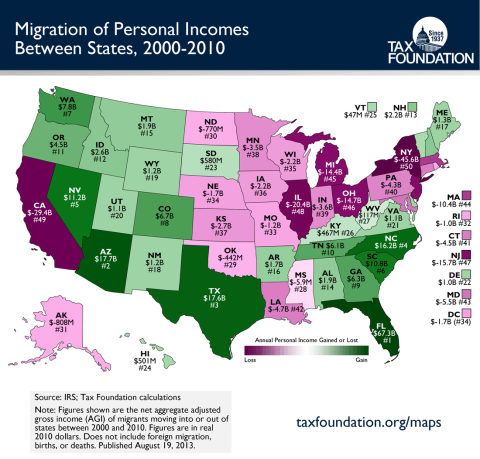As thousands of homebuyers flock to condos for the promise of affordable home ownership and carefree living, they’re learning that life in a condominium is far different from the suburban houses where so many of us were raised.
Never mind that owning a condo usually means sharing your walls, floors and ceilings with your neighbours. Canadian condos are rife with internal politics, neighbour infighting and power struggles stemming from the complicated network of condo boards, owners, investors, tenants and property managers.
In some buildings, the rule book governing what owners can and can’t do with their property can span 70 pages. Disputes over issues such as pets, squeaky floors and visitor parking spots are escalating into epic and costly court battles. “They are little fiefdoms,” says Don Campbell, senior analyst with the Real Estate Investment Network, who owns several condos in B.C. “Each one has a king. Many of the people who get elected to the boards have time on their hands, and this is the only place in their world where they have power. Unfortunately, that starts to go to their heads.”
[…]
As a legal entity, the condominium (sometimes called “strata”) has existed in Canada for more than 40 years, ever since a boom in high-rise construction and innovations in property law essentially allowed developers to privatize the air space above the ground and carve it into small blocks that could be sold for profit. Many of the original condos were designed to encourage low-income Canadians living in rental housing in big cities to embrace home ownership, while the middle class continued its inexorable march to the suburbs. The condo boom of the past decade has, however, been marked by a renewed interest in urban living, driven by increasing numbers of Canadians who want to live closer to where they work, along with a cultural and environmental backlash against suburban sprawl, with its commuter traffic and car-induced smog. The rising number of people putting off marriage and children, as well as seniors living longer, has also helped fuel demand for smaller homes.
To understand how quickly we’ve shifted from detached homes to condominiums, consider that condos made up less than 10 per cent of all homes built in our 10 largest cities before 1981, but more than a third of those built in the last decade — around 413,000 out of roughly 1.2 million new homes. While the majority of those are clustered in the big cities — Toronto, Montreal and Vancouver — condominiums are going up everywhere from St. John’s to Regina to Victoria. Cities as different as Guelph, Ont., and Whitehorse are now building more condos than single-detached houses. More than 1.6 million Canadian households, or 12 per cent, now live in condos. Despite the focus on the investor market, close to 70 per cent of the people living in condos are owners, not renters.
The shift toward condo living is both more recent and more profound in Canada than it has been south of the border. The U.S. National Association of Realtors estimates that, last year, 77 per cent of first-time buyers in the U.S. purchased detached homes, compared to just 53 per cent of Canadians. Meanwhile, 17 per cent of Canadian buyers say they intend to purchase condos this year, compared to just seven per cent of American buyers. We can thank our red-hot housing market for the difference: The average Canadian house price last month was $406,372, compared to a median of US$189,000 in the U.S. (The average price of a condo in Canada was $312,800 in February, compared to US$187,900 in the U.S.) Skyrocketing house prices are forcing more first-time buyers into condos in order to get a foothold in the housing market. Some aren’t prepared for the life they encounter there.





